It’s officially December, which means you have full permission to blast Mariah Carey, write down your resolutions, and make your plans to ring in 2021 with New Year’s Day traditions from around the world. 2020 has truly been a year like no other, but one thing has been clear—certain practices are now more important than ever, as they keep us grounded and remind us of the future ahead (and what to look out for, if you’re superstitious).
While we can’t travel, we’ve rounded up a few of our favorite New Year’s Eve and New Year’s Day traditions from cultures all over the globe. Pick one that lends itself to virtual celebration, ask a few friends to join in the fun, and send out that Zoom invite. We all need all the good luck we can get! May 2021 be a year of good fortune with a generous dose of sanity.
1. United States: Watching the ball drop
Millions of Americans gather around their television sets (or on the streets of Times Square, despite freezing temps) to watch the ball drop at the stroke of midnight each year. Kicking off in 1907 to ring in January 1908, New York Times owner Adolph Ochs created the event to draw attention to the Times‘s new headquarters, and it’s been an annual spectacle ever since. This year there won’t be any crowds lined up (to keep in line with social distancing measures), and most of the events will be virtual, save for a few celebrity appearances and performances that will be broadcast.

2. Brazil: Heading to the beach
“In Brazil, people usually go to the beach since it’s the summer there. Immediately after midnight, you’re supposed to jump seven waves while making seven wishes,” says Hudson Bohr, a Brazilian photographer based in NYC. The tradition is rooted in paying homage to Yemanja, the goddess of water. “Before you get in the water, you’re supposed to wear all white, as it symbolizes purity.”

3. Spain: Eating 12 grapes
The Spanish start off their new year by eating 12 grapes, which symbolize each strike of the clock. The tradition of “las doce uvas de la suerte” started in the late 19th century and is believed to ward off evil while boosting your chances of a prosperous and lucky new year. However, this will work only if you manage to eat all of the grapes in a matter of seconds since they need to be gone by the time the clock strikes midnight.

4. India: Building a sculpture of an old man and burning it down
“Back in Bombay we’d make an effigy of an ‘old man’ that symbolized the old year and burn it at midnight,” says Stephanie Fernandes, an associate creative director at BBDO San Francisco. The burning symbolizes the passing of grievances from the old year and makes space for a new year to be born. “Everyone would gather around singing ‘Auld Lang Syne’ and then it would turn into a little party. Bombay is very cosmopolitan and was home to people of various faiths, therefore we’d have a ton of different festivals, but this was one that united across ages and faiths.”
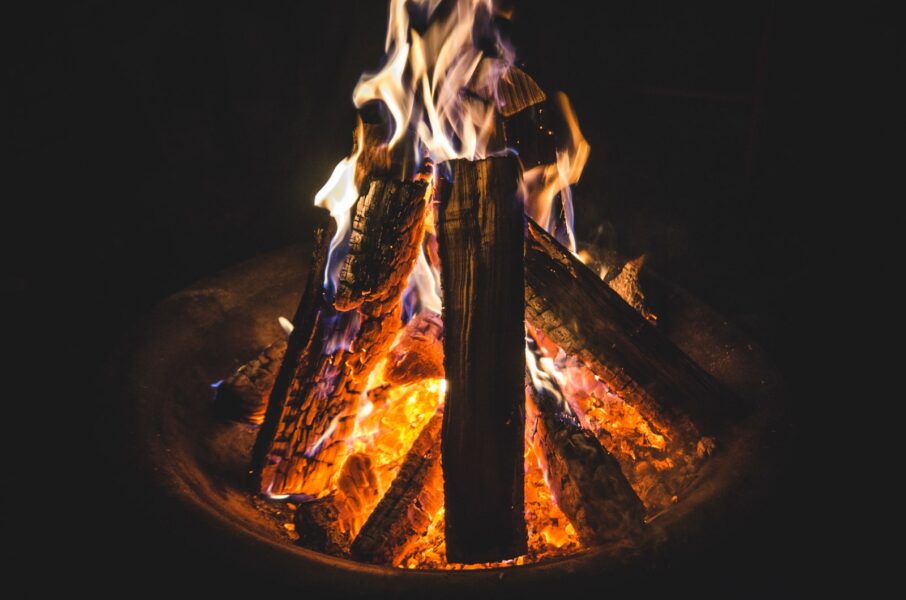
5. Japan: Eating soba noodles
People in Japan kick off the new year by eating a warm bowl of soba noodles. The tradition dates back to the Kamakura period and is tied to a Buddhist temple giving out the noodles to the poor. Because the long thin noodles are firm yet easy to bite, it is believed eating them symbolizes a literal break away from the old year.
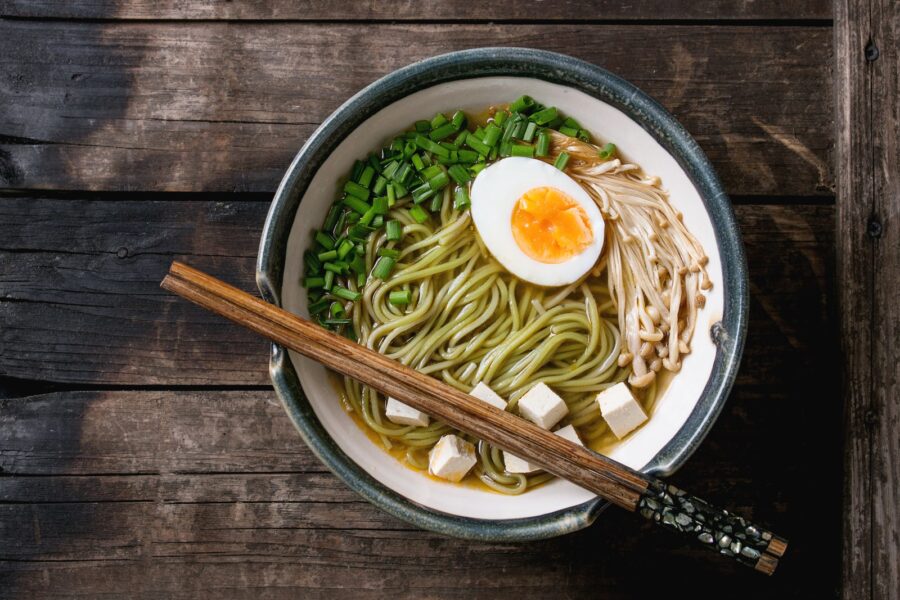
6. France: Feasting with Champagne
While the notion of drinking wine in France is about as groundbreaking as florals for spring, the French up the ante and go all out on Champagne to celebrate the new year. There is usually plenty of dancing and party hopping, but this year gatherings will likely be virtual (it’s Zoom season, the holiday edition). The food choices however remain the same: Sparkling wines are paired with oysters, turkey, goose, or a Cornish hen.
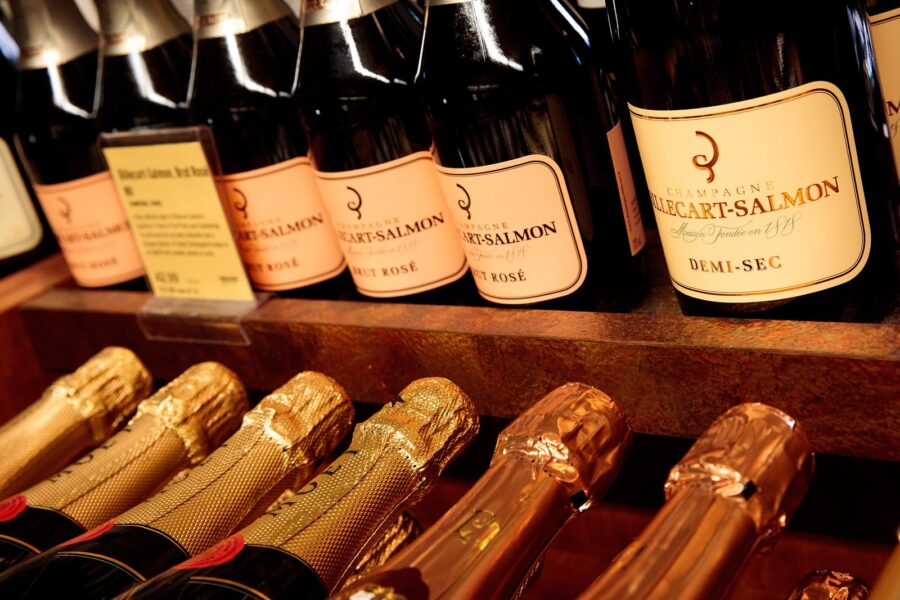
7. Haiti: Sharing soup joumou
“January 1 is actually Haitian Independence Day,” says Olivier Joseph, a graduate student at Pritzker School of Medicine in Chicago. “We eat pumpkin soup (soup joumou) because it was a delicacy that enslaved Black people were not allowed to have. We often go to other people’s houses and bring some of our soup and swap for some of theirs—everyone makes it a little different.”

8. Denmark: Throwing old plates
Chucking plates at your friends usually signals a conversation gone very wrong, but in Denmark it’s done on New Year’s Eve to bring your loved ones good luck. Tradition has it that the more broken kitchenware you accumulate on your door step, the better off you’ll be.

9. Canada: Going ice fishing
Freezing temps don’t keep Canadians from starting the new year with a winter favorite sport—ice fishing. According to Global News, families will rent heated huts and cooking equipment so that they can enjoy their feast with loved ones on the spot.

10. Philippines: Serving 12 round fruits
On New Year’s Eve, families in the Philippines make sure to serve 12 round fruits, like apples, grapes, and plums, which are believed to represent prosperity due to their shape, which mirror coins. As for the lucky number, each fruit represents one month out of the year.
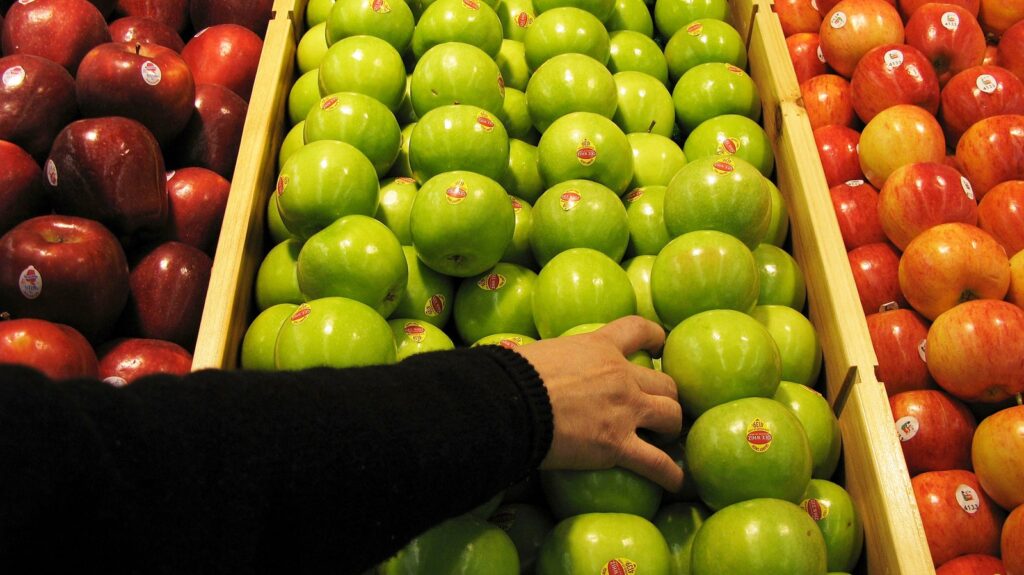
11. Mexico: Giving the gift of homemade tamales
In Mexico, families gather to make tamales—corn dough stuffed with meat, cheese, and veggies all wrapped in husks—and then hand them out to loved ones on New Year’s Eve. On New Year’s Day, the warm pockets are often served with menudo, a traditional Mexican soup made from cow’s stomach.
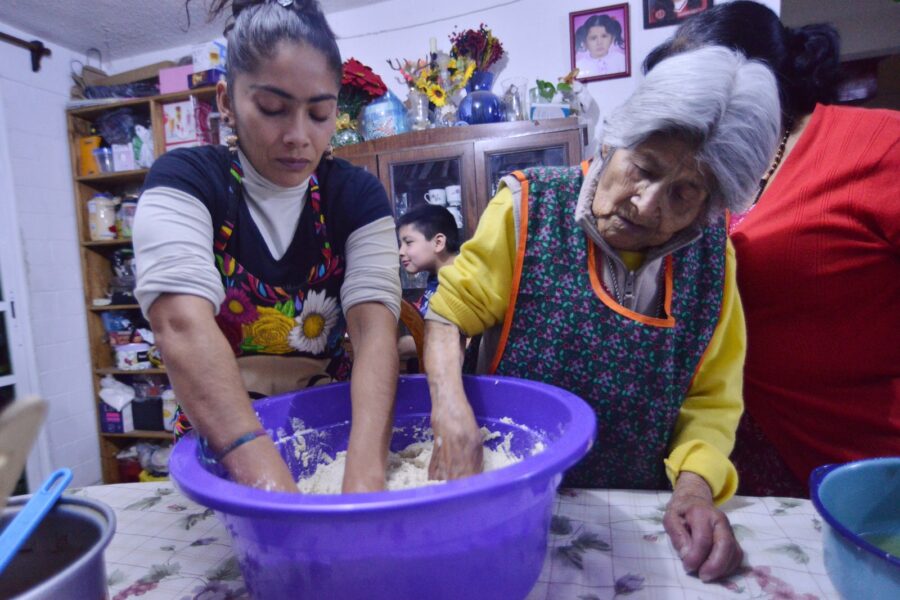
12. Greece: Hanging onions outside door
Not only are onions a kitchen staple; they can also bring you good luck for the new year ahead. In Greece it’s tradition to hang an onion outside your door. Believed to symbolize fertility and growth (thanks to its ability to sprout on its own), the onion is hung on the door after church service on New Year’s Day.
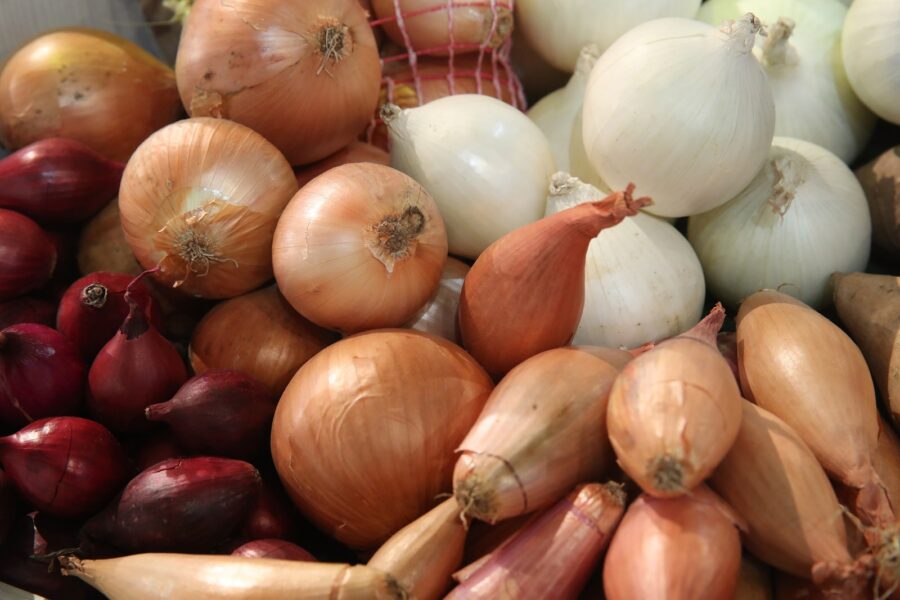
13. Colombia: Placing three potatoes under the bed
On New Year’s Eve, Colombian households have a tradition, called agüero, of placing three potatoes under each family member’s bed—one peeled, one not, and the last one only partially. At midnight each person grabs for one with eyes closed and depending on the potato they select, can either expect a year of good fortune, financial struggle, or a mix of both.
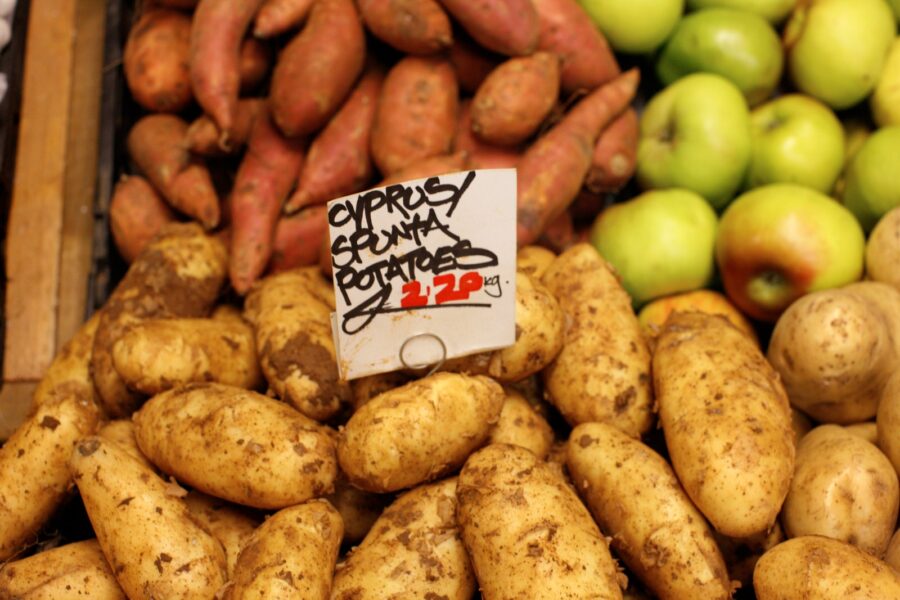
14. Ireland: Banging bread against the walls
To ward off evil spirits, families in Ireland make way for a healthy and prosperous new year by banging loaves of Christmas bread against the walls and doors throughout the home.
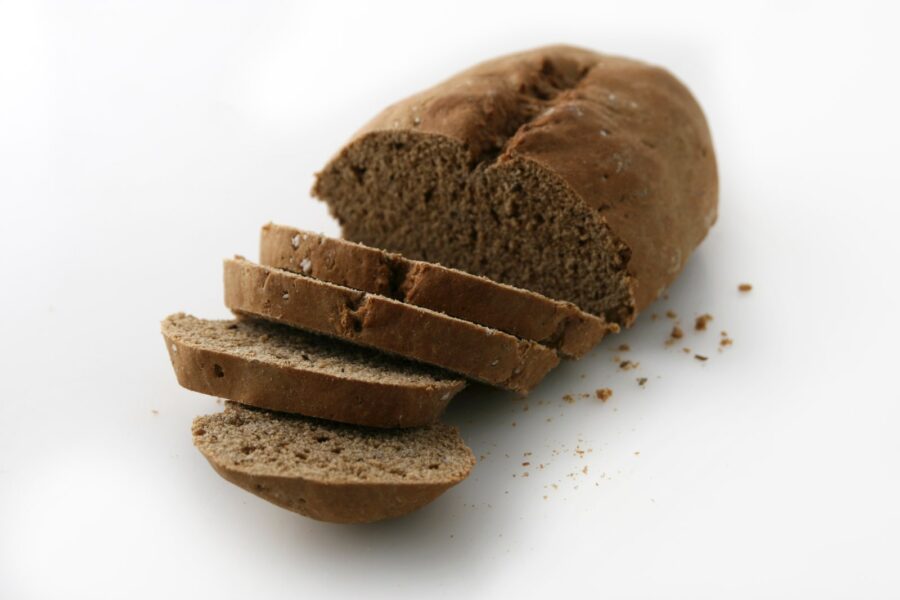
15. Norway and Denmark: Celebrating with a towering cake
Kransekake, a traditional ringed cake often made with at least 18 layers, is eaten in both Denmark and Norway on New Year’s Eve. The sugary layers, which look like cookies, are held together with a tasty royal icing.
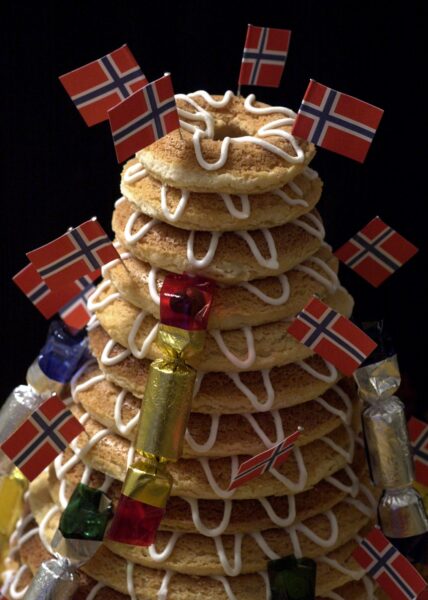
Have you read?
- COVID-19 Crisis In Pictures: 12 countries, 12 months, 12 photos
- How Virtual Reality (VR) Is Benefiting Seniors
- The History of Christmas Colors—and Why They’re Red and Green—Is Actually Fascinating
- 26 Mind-Blowing Psychology Facts That You Never Knew About People
This content was found at Glamour






Recent Comments